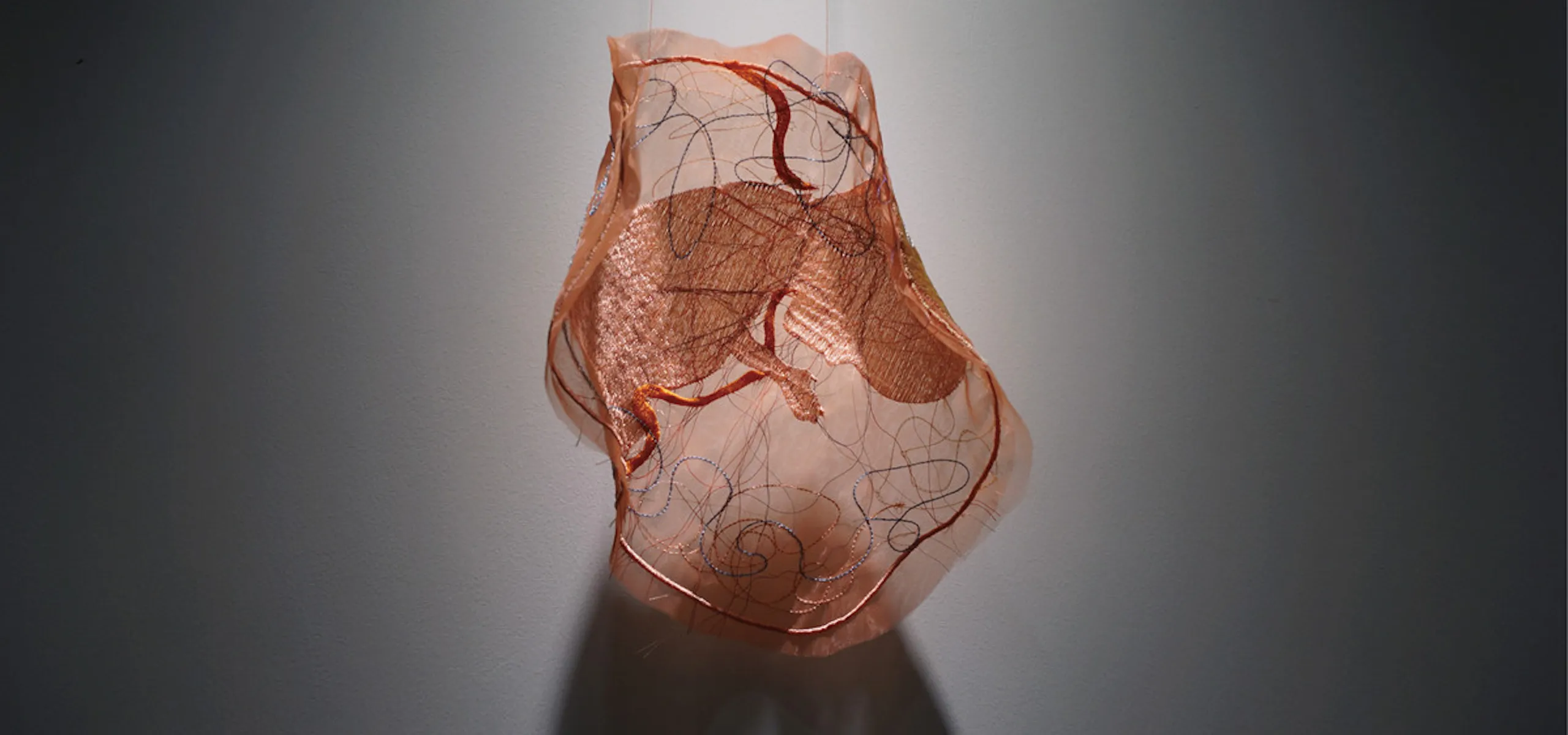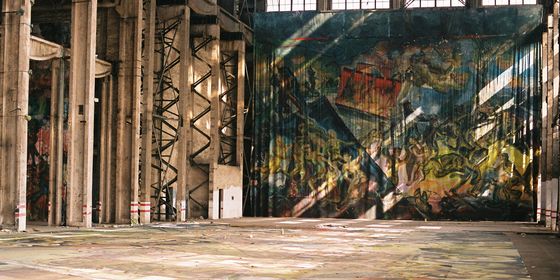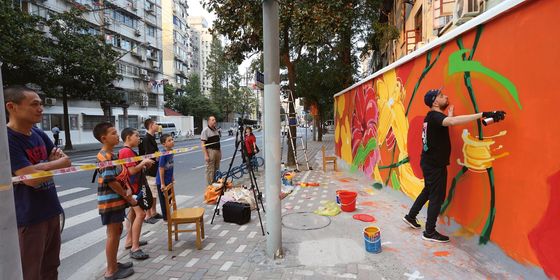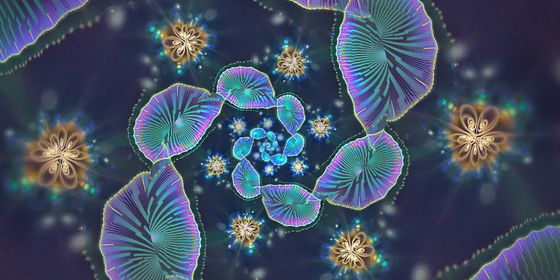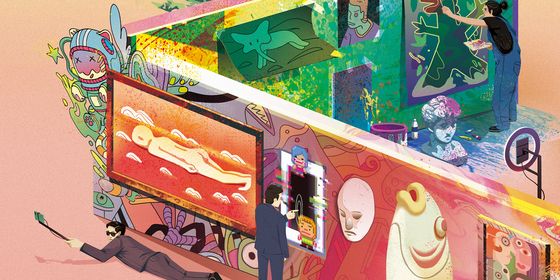Beijing-based fiber artist Yue Mingyue talks to TWOC about connecting life and death through her work
Fiber artist Yue Mingyue uses airy gauze and yarn to explore subjects of great weight, with emotional depth thinly veiled behind ethereal beauty. Yue’s work is often deeply personal, inspired by childhood memories such as her mother’s kidney failure, which left Yue plagued by the fear of death in her family as a young teenager.
In memory of her mother’s hysterectomy, Yue exhibited “Blessed Be the Fruit” at the Tsinghua University Art Museum in 2018, encouraging gallery-goers to wrap themselves up in a concatenation of long crimson fibers that rekindle the safety and warmth of being returned to the womb. She is best known for making installations with black and red gauze, weaving together life and death in a series of centerpieces that present death’s presence in life, and vice versa.
Yue describes her work as something that “may not be in sync” with mainstream Chinese art language. Her art also updates embroidery and textiles, traditionally feminine crafts, in order to explore women’s issues in modern China. In her most recent piece, a work of embroidery called “Female Worker Crossing the Rosen Bridge,” she uses symbols from Western medieval tapestry to explore what stays the same for women in rural China in an age of great change.





